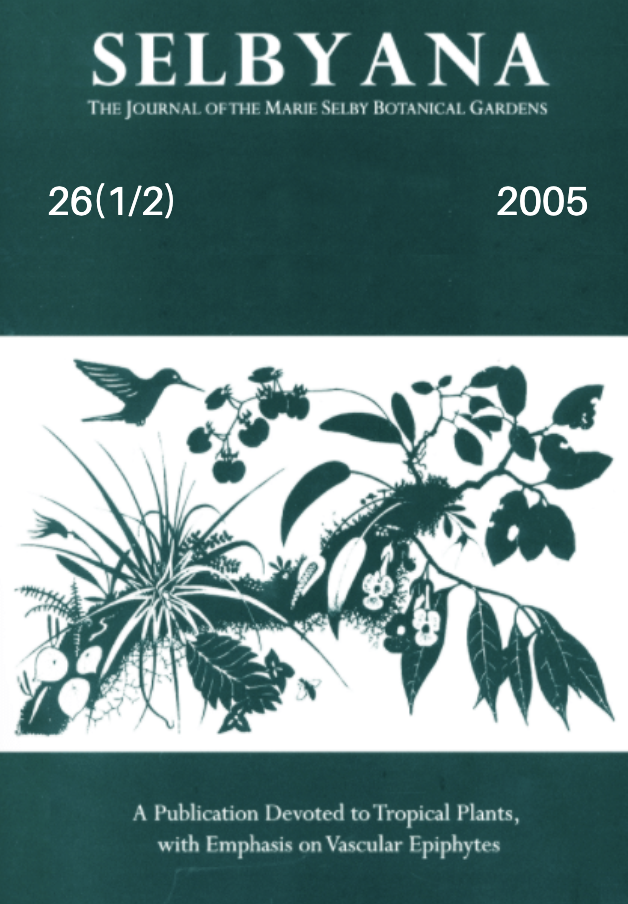Abstract
The genus Caladenia (spider orchids) is one of the most diverse in southwest Western Australia, and Caladenia species have among the most specific mycorrhizal relationships known in the orchid family. Caladenia species, however, also hybridize frequently and prolifically in nature. This study considered five natural hybrids within Caladenia and its closest relatives to elucidate the issue of mycorrhizal specificity in the hybrids and their parental species. Symbiotic cross-germination studies of parental and hybrid seed on fungi from the species and the naturally occurring hybrids were compared with data from genetic fingerprinting (amplified fragment length polymorphism, AFLP) studies of the fungi. The germination study found that, while hybrid seeds can utilize the fungi from either parental species under laboratory conditions, it is likely that the natural hybrids in-situ share the fungus of one parent only. In contrast, the genetic analysis indicated that while the parental species always possessed genetically distinct fungal strains, the hybrids may share the mycorrhizal fungus of one parental species or possess a genetically distinct fungal strain, which is more closely related to the fungus of one parental species than the other. These findings confirm the specificity of mycorrhizal relationships in Caladenia and suggest the potential of hybridization and the utilization of novel fungi as a possible pathway to speciation.
Open Access and Copyright Notice
Selbyana is committed to real and immediate open access for academic work. All of Selbyana's articles and reviews are free to access immediately upon publication. There are no author charges (APCs) prior to publication, and no charges for readers to download articles and reviews for their own scholarly use. To facilitate this, Selbyana depends on the financial backing of the Marie Selby Botanical Gardens, the hard work and dedication of its editorial team and advisory board, and the continuing support of its network of peer reviewers and partner institutions.
Authors are free to choose which open license they would like to use for their work. Our default license is the Creative Commons Attribution-NonCommercial 4.0 (CC BY-NC 4.0). While Selbyana’s articles can be copied by anyone for noncommercial purposes if proper credit is given, all materials are published under an open-access license with authors retaining full and permanent ownership of their work. The author grants Selbyana a perpetual, non-exclusive right to publish the work and to include it in other aggregations and indexes to achieve broader impact and visibility.
Authors are responsible for and required to ascertain that they are in possession of image rights for any and all photographs, illustrations, and figures included in their work or to obtain publication or reproduction rights from the rights holders. Contents of the journal will be registered with the Directory of Open Access Journals and similar repositories. Authors are encouraged to store their work elsewhere, for instance in institutional repositories or personal websites, including commercial sites such as academia.edu, to increase circulation (see The Effects of Open Access).
